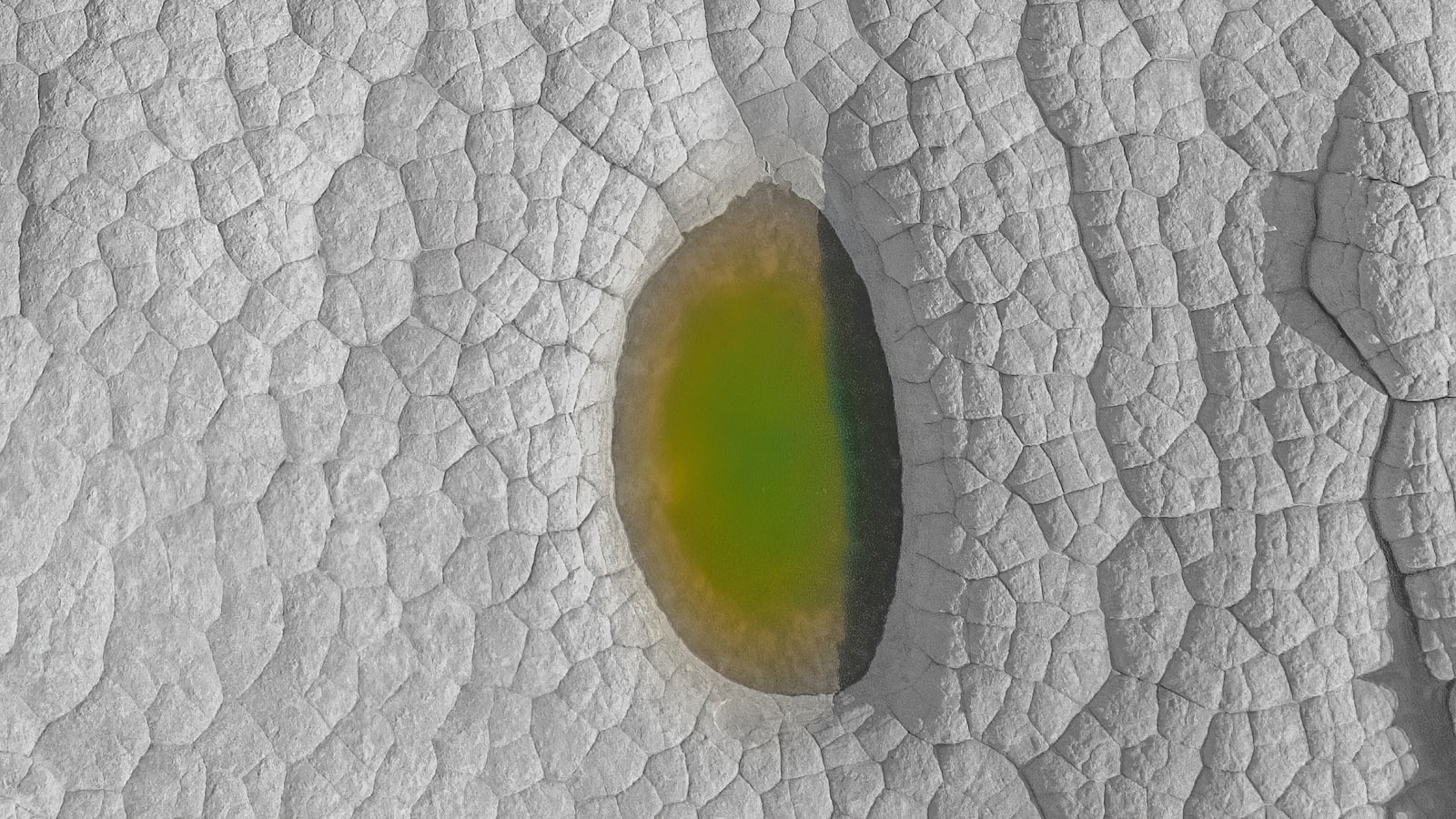【J.U.C】线程池之几个常用接口介绍
1、线程池常用接口介绍
1.1、Executor
1 | public interface Executor { |
执行提交的Runnable任务。其中的execute方法在将来的某个时候执行给定的任务,该任务可以在新线程、池化线程或调用线程中执行,具体由Executor的实现者决定。
1.2、ExecutorService
ExecutorService继承自Executor,下面挑几个方法介绍:
1.2.1、shutdown()
1 | void shutdown(); |
启动有序关闭线程池,在此过程中执行先前提交的任务,但不接受任何新任务。如果线程池已经关闭,调用此方法不会产生额外的效果。此方法不等待以前提交的任务完成执行,可以使用awaitTermination去实现。
1.2.2、shutdownNow()
1 | List<Runnable> shutdownNow(); |
尝试停止所有正在积极执行的任务, 停止处理等待的任务,并返回等待执行的任务列表。 此方法不等待以前提交的任务完成执行,可以使用awaitTermination去实现。除了尽最大努力停止处理积极执行的任务外,没有任何保证。例如,典型的实现是:通过Thread#interrupt取消任务执行,但是任何未能响应中断的任务都可能永远不会终止。
1.2.3、isShutdown()
1 | boolean isShutdown(); |
返回线程池关闭状态。
1.2.4、isTerminated()
1 | boolean isTerminated(); |
如果关闭后所有任务都已完成,则返回 true。注意,除非首先调用了shutdown或shutdownNow,否则isTerminated永远不会返回true。
1.2.5、awaitTermination(long timeout, TimeUnit unit)
1 | boolean awaitTermination(long timeout, TimeUnit unit) |
线程阻塞阻塞,直到所有任务都在shutdown请求之后执行完毕,或者超时发生,或者当前线程被中断(以先发生的情况为准)。
1.2.6、submit
1 | <T> Future<T> submit(Callable<T> task); |
提交一个value-returning任务以执行,并返回一个表示该任务未决结果的Future。 Future的 get方法将在成功完成任务后返回任务的结果。
1.3、ScheduledExecutorService
安排命令在给定的延迟之后运行,或者定期执行,继承自ExecutorService接口由以下四个方法组成:
1 | //在给定延迟之后启动任务,返回ScheduledFuture |
1.4、ThreadFactory
1 | public interface ThreadFactory { |
按需创建新线程的对象。
1.5、Callable
1 |
|
返回任务结果也可能抛出异常。
1.6、Future
1 | public interface Future<V> { |
Future表示异步计算的结果。方法用于检查计算是否完成,等待计算完成并检索计算结果。
只有当计算完成时,才可以使用方法get检索结果,如果需要,可以阻塞,直到准备好为止。
取消由cancel方法执行。还提供了其他方法来确定任务是否正常完成或被取消。一旦计算完成,就不能取消计算。
1.7、Delayed
1 | public interface Delayed extends Comparable<Delayed> { |
一种混合风格的接口,用于标记在给定延迟之后应该执行的对象。
1.8、ScheduledFuture
1 | public interface ScheduledFuture<V> extends Delayed, Future<V> {} |




